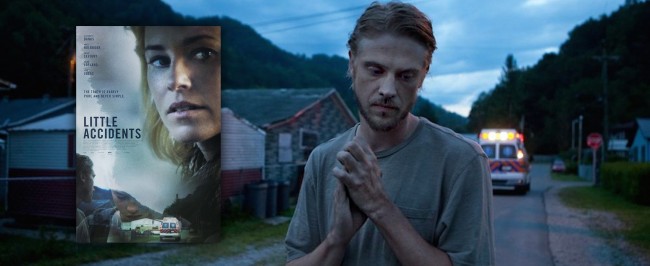Even in this digital era of film production, some of the greats still prefer the classic medium of film.
Case in point, directorial legend Martin Scorsese recently issued an impassioned argument in support of Kodak’s decision to continue its production of film stock. The company last week penned a deal with major Hollywood studios after sitting down for negotiations with Weinstein Co., Warner Bros, Universal Pictures, Paramount Pictures, and Walt Disney Studios.
Still, many current filmmakers have settled into an all digital production workflow due to its expediency and versatility. MindSmack TV’s very own partner and film producer Mike Feuer reflects on his own recent foray into film after wrapping on Little Accidents: “We shot on 35mm film and it was a bear! Between the developing and dailies process and the extended post schedules, it became an exercise in diminishing returns. Just a few years ago options for having a great ‘film-grain’ in your finished product meant shooting on film. Today’s compositing tools are just amazing. We finish films and add digital grain using our DaVinci Resolve and the control you have over the grain gives you cost effective flexibility during post that you just don’t get when shooting film. While Scorsese and many other high-profile filmmakers can afford the manpower and hours to dedicate to a film workflow, many independent filmmakers have to seriously consider their time and finances when making the big decision to shoot on film.
However, Scorsese argues film has one key leg up on digital filmmaking: the guaranteed ability to secure art for future generations. As head of The Film Foundation, Entertainment Weekly reports, Scorsese values the film medium as not only an important foothold in film history, but also the only time-tested method of artistic preservation so far: “We have no assurance that digital information (sic) will last, but we know that film will, if properly stored and cared for.”
The incredibly successful auteur, who broke into the industry with microscopic-budget independent film Mean Streets in 1973, still acknowledges his initial reason for joining the biz: “It seems like we’re always being reminded that film is, after all, a business. But film is also an art form.” Feuer agrees, yet believes a similar quality of artistic creation can be achieved digitally: “I’ve just come to see that the incredible quality you get out of todays 4k cameras can truly be as good as film if your cinematographer, DP and post crew all know how to craft the medium. My hat is off to those who continue to carry the torch. As for me, I’ll just be quietly sitting in the audience and enjoying the artistry they continue to bring to the big screen.”
You can read Scorsese’s full statement here via Entertainment Weekly and read more about Sundance 2014 Official Selection Little Accidents starring Elizabeth Banks and Boyd Holbrook here.
This post originally appeared on mindsmack.tv.



